When it comes to wildlife photography and knowing about your local species, it really pays to spend a lot of time outdoors. Whilst Emma was off working away and single-handily saving European protected species, I, left to my own devices, decided to go for a afternoon stroll. I was sat on a hill watching the world with animals shooting about on their daily business when a flash of blue caught my eye. This flash seemed to come from a conveniently visible hollow in the bark of a large gorse bush. My first thoughts were, if I was a bird, that’s where I would call home. The hollow was four foot from the ground and surrounded by dense gorse, brambles and nettles (probably the least appealing place to forage for a predator).

After a few minutes, my flash of blue returned. It was quite predictably a blue tit. With that, their was a continuous, ‘che che che chit che che chit’. He/she paused for a few seconds and looked directly at me before diving into the hollow.
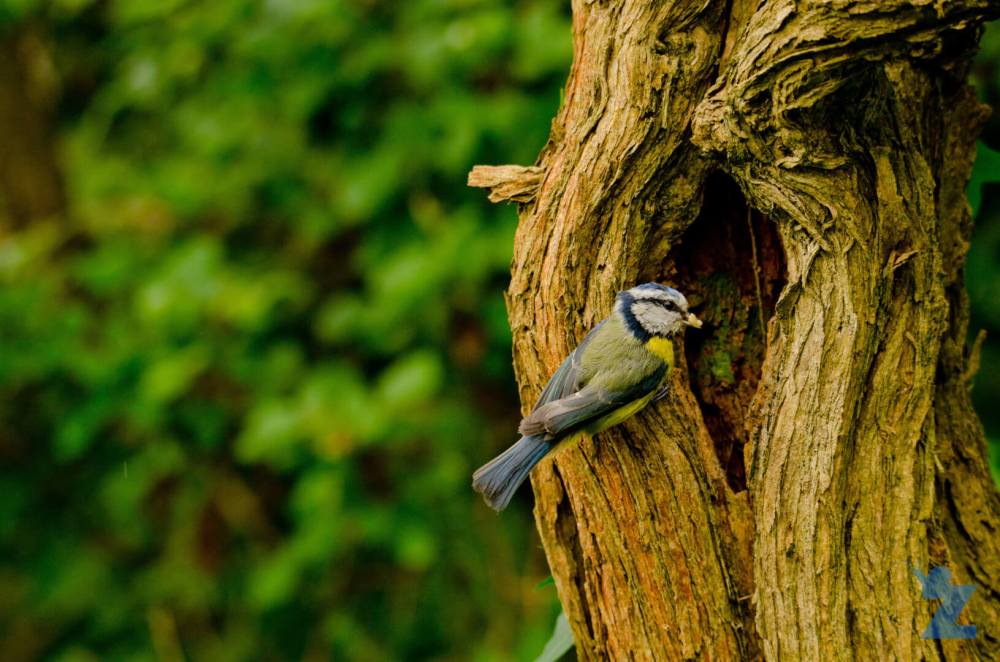
I sat and watched through my telephoto lens for about 30 minutes. One (possibly two) birds came and went. The feeding was incessant. The longest the bird/s were gone was probably 2 minutes. It is amazing to think that this continues throughout the day, endlessly feeding the demanding chicks from dawn till dusk.
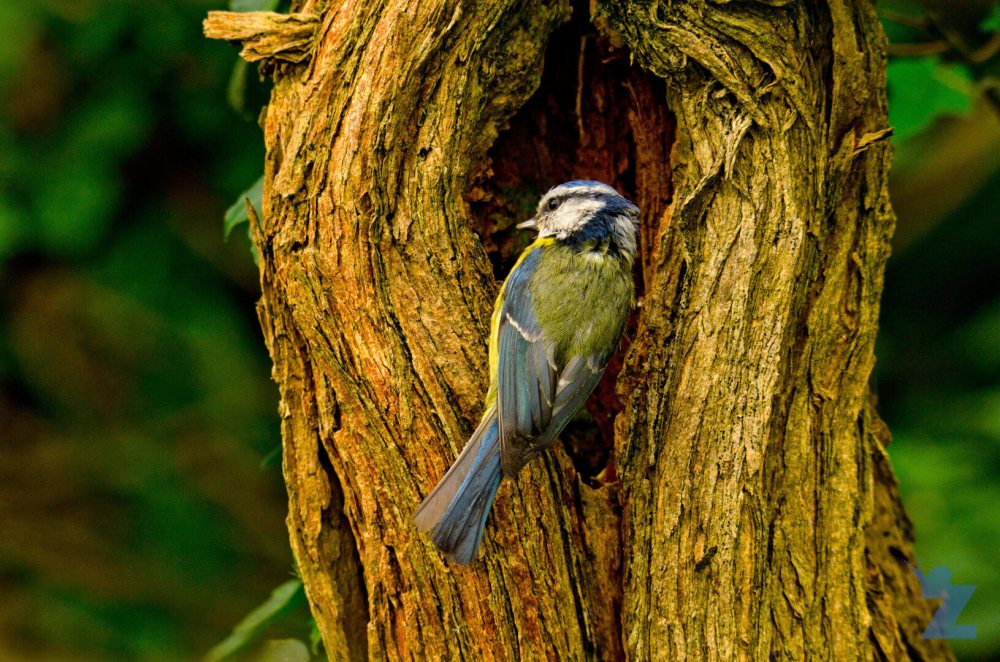

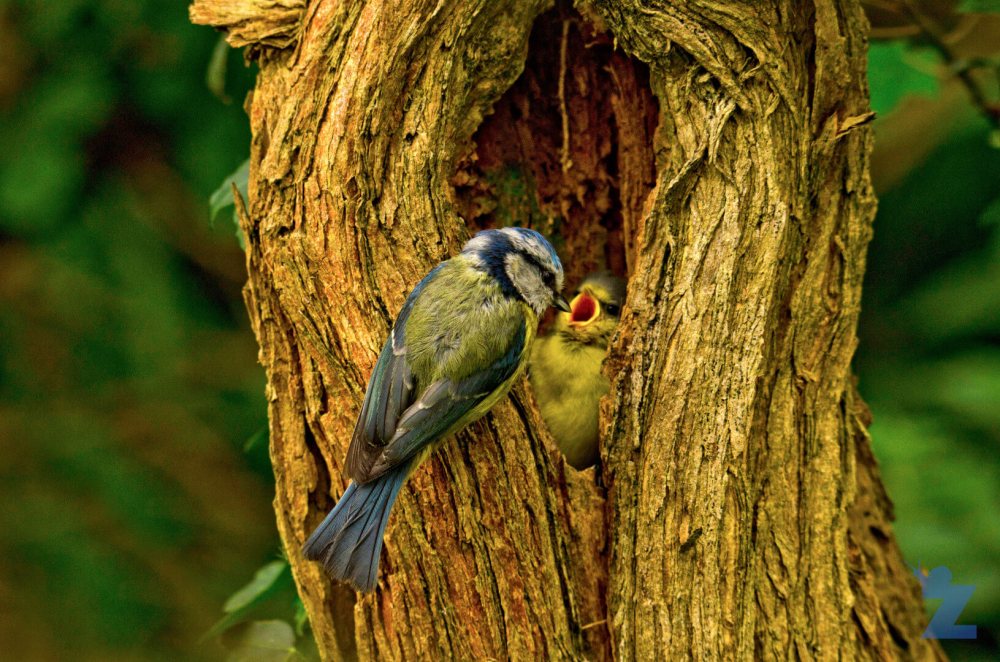
At least two chick were within the hollow. From time to time they braved the light of day and stuck their heads up and out of the hollow.
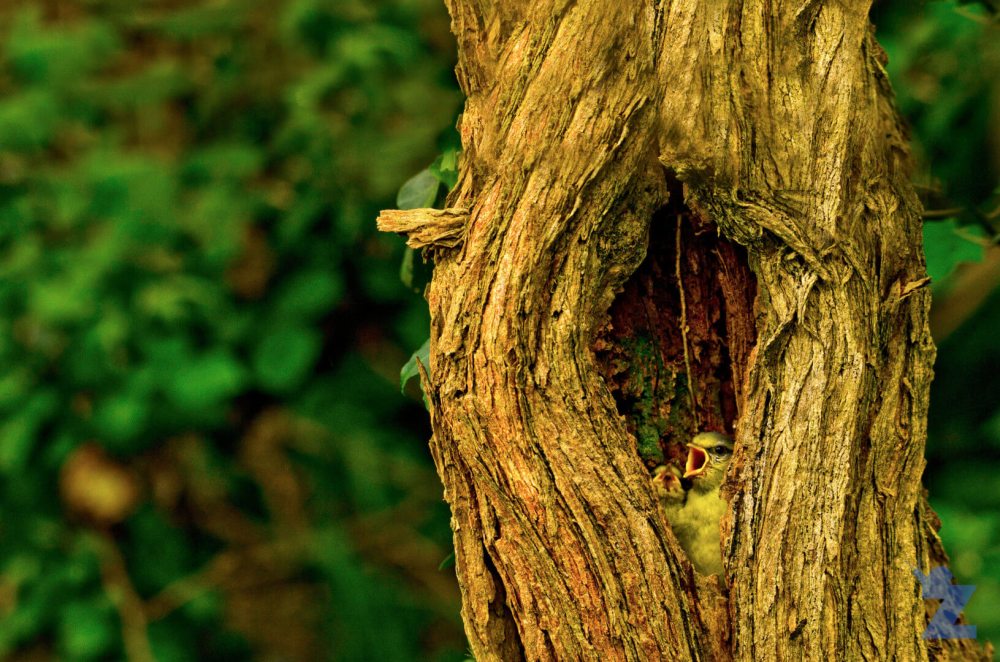
One of the chicks was particularly demanding and would push the other smaller chick to the side.

Eurasian blue tits are a common resident throughout temperate and subartic Europe as well as western Asia. They are not migratory. Of the other tits (coal, crested, great, long-tailed, marsh and willow) in the family Paridae, blue tits are the most numerous here in mainland Britain. They can be seen in woodland, hedgerows, parks and gardens where they eat insects, caterpillars, seeds and nuts.
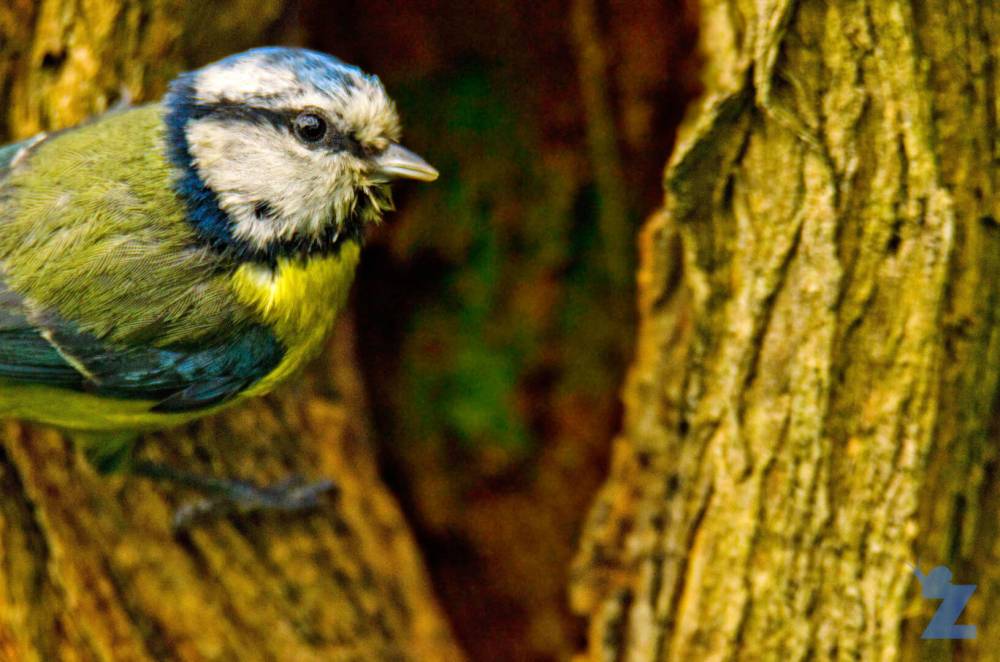
Blue tits have one of the largest clutch sizes of all birds, and can have a nest of 16 eggs! Usually the number of eggs is between 8-12. After the female has picked a mate, eaten well to get in top condition, found a suitable tree hollow (or next box), laid her huge egg clutch, she plucks away feathers to create a brood patch so she can incubate her eggs.
Approximately two weeks later, her chicks hatch blind and pink. As they grow, their need for feed becomes a real mission for the parents. Each chick can eat 100 caterpillars a day. With a clutch size of say, 10, that’s 1000 caterpillars to find each day. Eventually the chicks fledge and leave the nest, but the parent’s work is not over. They continue to feed the chicks for a few weeks after as the young ones learn the ropes.
When it comes to learning the ropes, blue tits are pretty famous. Back in 1921, people who had milk delivered to their door in Swaythling, England, soon found someone was drinking all the cream out of their milk bottles. It turned out that those pesky blue tits had figured out how to open the top of the bottles to get their fill of breakfast before the humans. This phenomenon spread quiet quickly across the country. The birds were acquiring a new behaviour and then socially/culturally transmitting it to others birds.
Has anyone else had any encounters with particularly clever birds recently? We’d love to hear about them! Let us know in the comments.
Reference and Further Reading
Wikipedia Website, Eurasian Blue Tits – https://en.wikipedia.org/wiki/Eurasian_blue_tit#cite_note-Sasvari-24
(Retrieved 31 May, 2017)
RSPB Website, Tits – https://www.rspb.org.uk/birds-and-wildlife/bird-and-wildlife-guides/browse-bird-families/tits.aspx
(Retrieved 31 May, 2017)
RSPB Website, Blue Tits – https://www.rspb.org.uk/birds-and-wildlife/bird-and-wildlife-guides/bird-a-z/b/bluetit/index.aspx
(Retrieved 31 May, 2017)
British Trust for Ornithology Website – https://www.bto.org/volunteer-surveys/nbc/blue-tit-blog
(Retrieved 31 May, 2017)
British Birds Website – https://britishbirds.co.uk/wp-content/uploads/article_files/V42/V42_N11/V42_N11_P347_357_A059.pdf
(Retrieved 31 May, 2017)
Science Blogs – http://scienceblogs.com/laelaps/2007/12/04/the-milk-mystery-and-imitation/
(Retrieved 31 May, 2017)
Beautiful pictures/video and write-up.
LikeLiked by 1 person
Thank you, Savita! We’re glad you enjoyed it!
LikeLiked by 1 person
What a lovely encounter and wonderful to make the time to sit and observe. Thanks for sharing and the interesting information too.
LikeLiked by 1 person
Thank you very much for your lovely comments. You are more than welcome.
I think that we don’t always take the time to stop and look. It’s amazing what we see when we do!
LikeLiked by 1 person
I so agree with what you say about taking the time to stop, look and see.
LikeLiked by 1 person
Just found this post – it is SO FASCINATING! Wow!
LikeLiked by 1 person
Thank you, Liz! They’re wonderful birds, aren’t they? 🙂
-Emma
LikeLiked by 1 person
Sure are! When you get a chance, I’ve sent you an email! Not urgent, just thought I’d let you know!
LikeLiked by 1 person
Thanks, Liz! I’ve just seen it!
-Emma
LikeLiked by 1 person